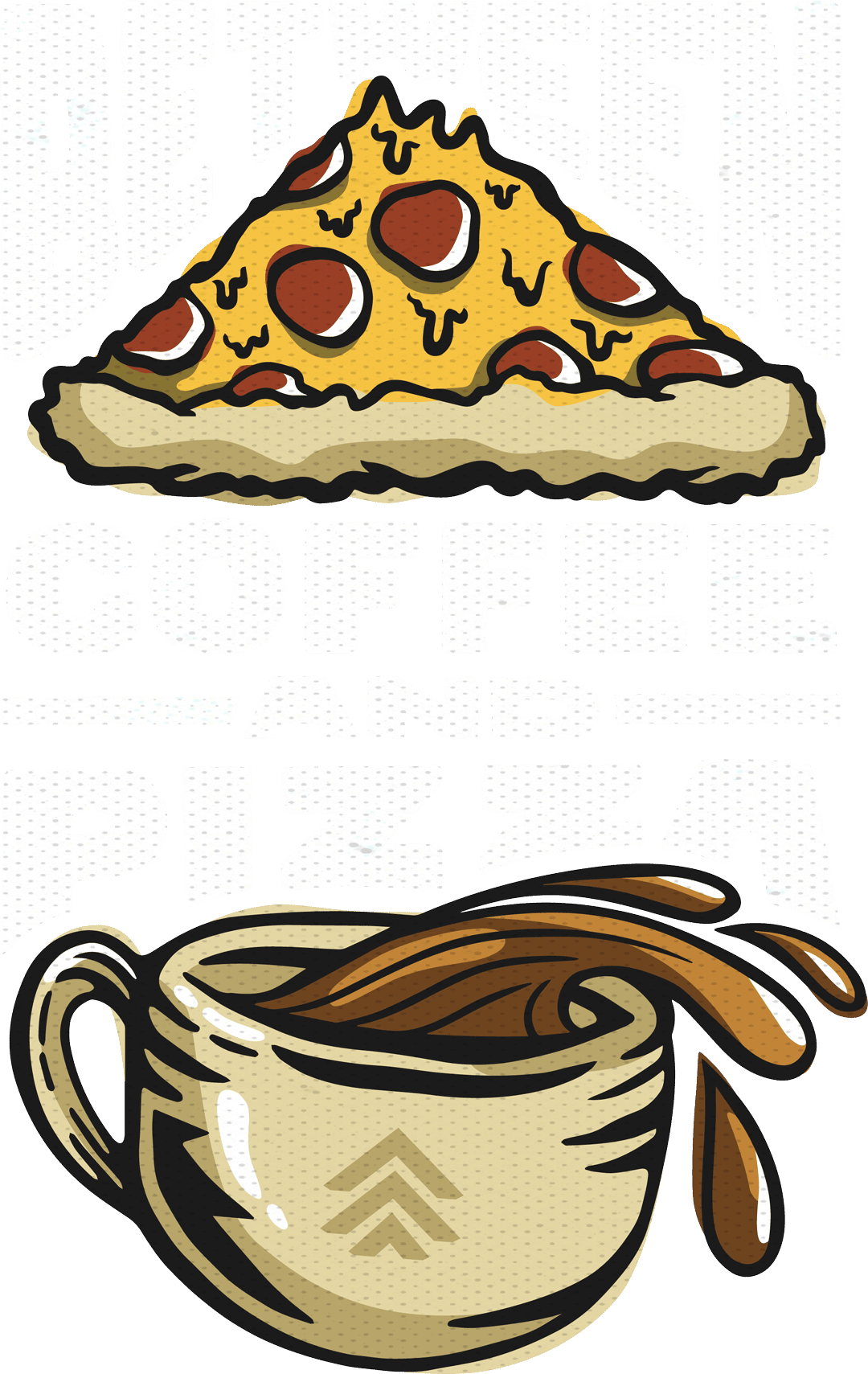Email marketing should be a cornerstone of any well-rounded marketing plan. For one of our clients, a typical email marketing sale would produce 30-50 orders. But with an adjusted strategy, we were able to generate 200! (well, actually 199, but round up, right!?)
In this case, the results were all based on the creation of a well-balanced ‘mini funnel.’
Email funnels are not uncommon. See if this sounds familiar. You go to buy some shoes online, and part way through the process, you get distracted. Now you’re in the ‘funnel’ and a few hours later you get an email reminding you “Hey, you left some items in your cart.” Ok, so then maybe you’re still busy, you don’t go make the purchase and a day later another email comes in. This time, they remind you about the items AND offer you a discount. Funnels are a key way to move people along a messaging path.
With this sale push, we opted to use a ‘mini funnel’ to help direct the messaging to our email subscribers.
First things first.
Rather than sending out to our full list of subscribers all at once, we opted to break the list into segments. At this point, the segments serve only to split the list into smaller groups. This tactic allowed us to run the sale push across 3 weeks, each week 100% independent of the others.
Why’d we do that? In this case, it was operational support. The client was actually going to be better off if they got bursts of sales across three weeks, as opposed to one big push all at once. Here, the marketing strategy was adjusted to meet the needs of operations. (As someone who enjoys the ops side of things… I love it when we can help create this sort of partnership between marketing and operations).
Next up, the mini funnel.
Now that we’ve already split out the list to support the ops team, phase 2 is to split out the funnel based on actions. For this step, the TWS Email Team built out a 4-part mini funnel, wherein emails would be sent at particular times based solely on the respondents’ previous actions in the funnel.
For example, once the initial message was sent, we now knew three key elements:ho did not open, who did open, and who took action. Based on these 3 pieces of information, the respondents would then receive a second email with the timing, subject line, and supporting messaging all relevant to their activity in the funnel.
As we proceed further into the funnel, the emails become increasingly targeted to customers who are showing interest, but still have not pulled the trigger and completed the sale. This method helps to ensure we are communicating with people who are the most interested, and not pestering the people who aren’t.
In the end, the mini funnel produced 4x the sales vs a typical sale email, and while it required a bit more work, it was absolutely worth the effort. The funnel path truly was the hero here… a major win for the client, and a major win for smarter marketing.
The Woodshop works in multiple email platforms for our various clients and supports automated journeys, transactional emails, and as-needed sends as well. Graphics, content writing, strategy, and implementation are all included when you have The Woodshop managing your email marketing efforts.
If you are interested in reviewing your email marketing efforts, or to see how The Woodshop might benefit your email marketing efforts, connect with us for a free review.

